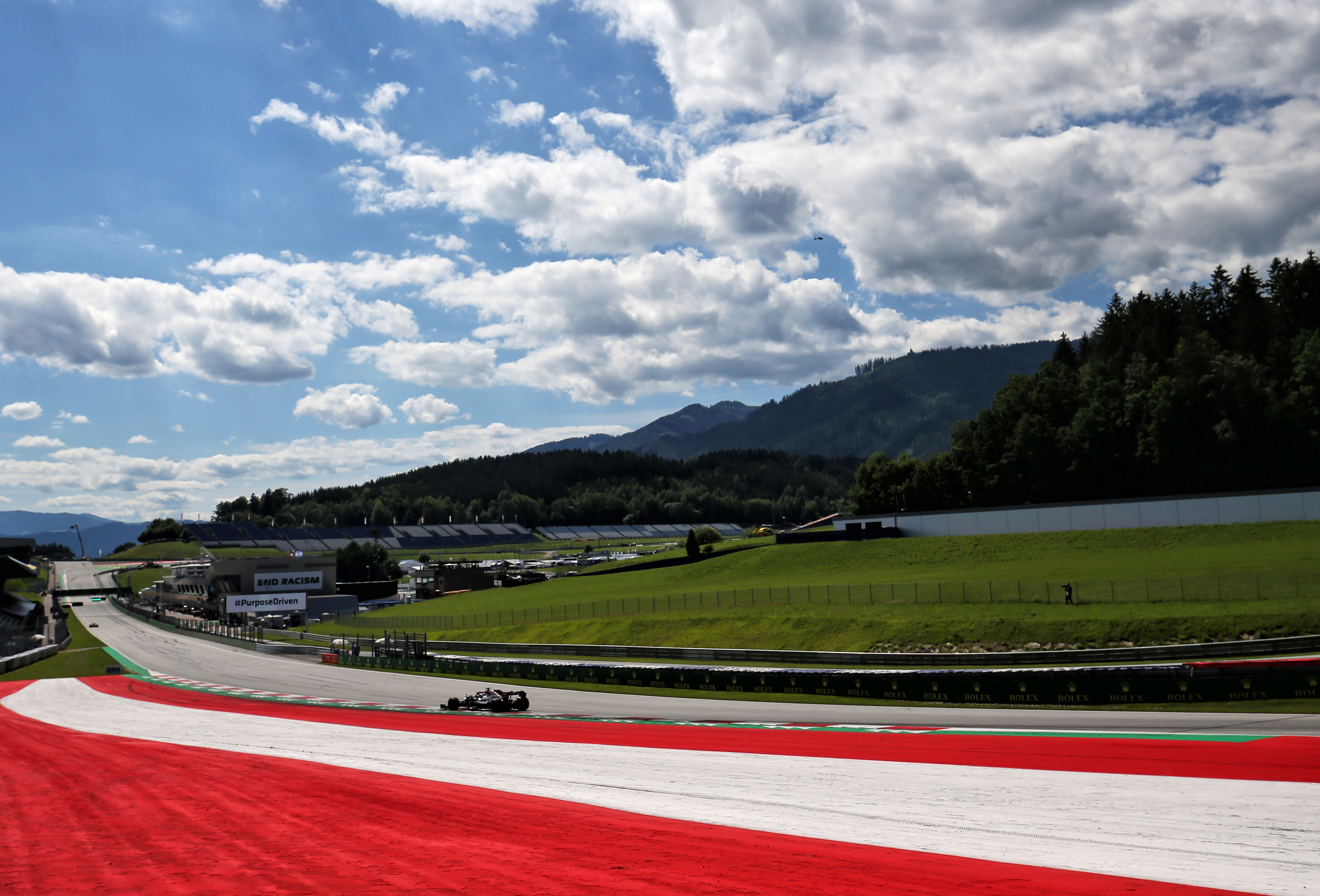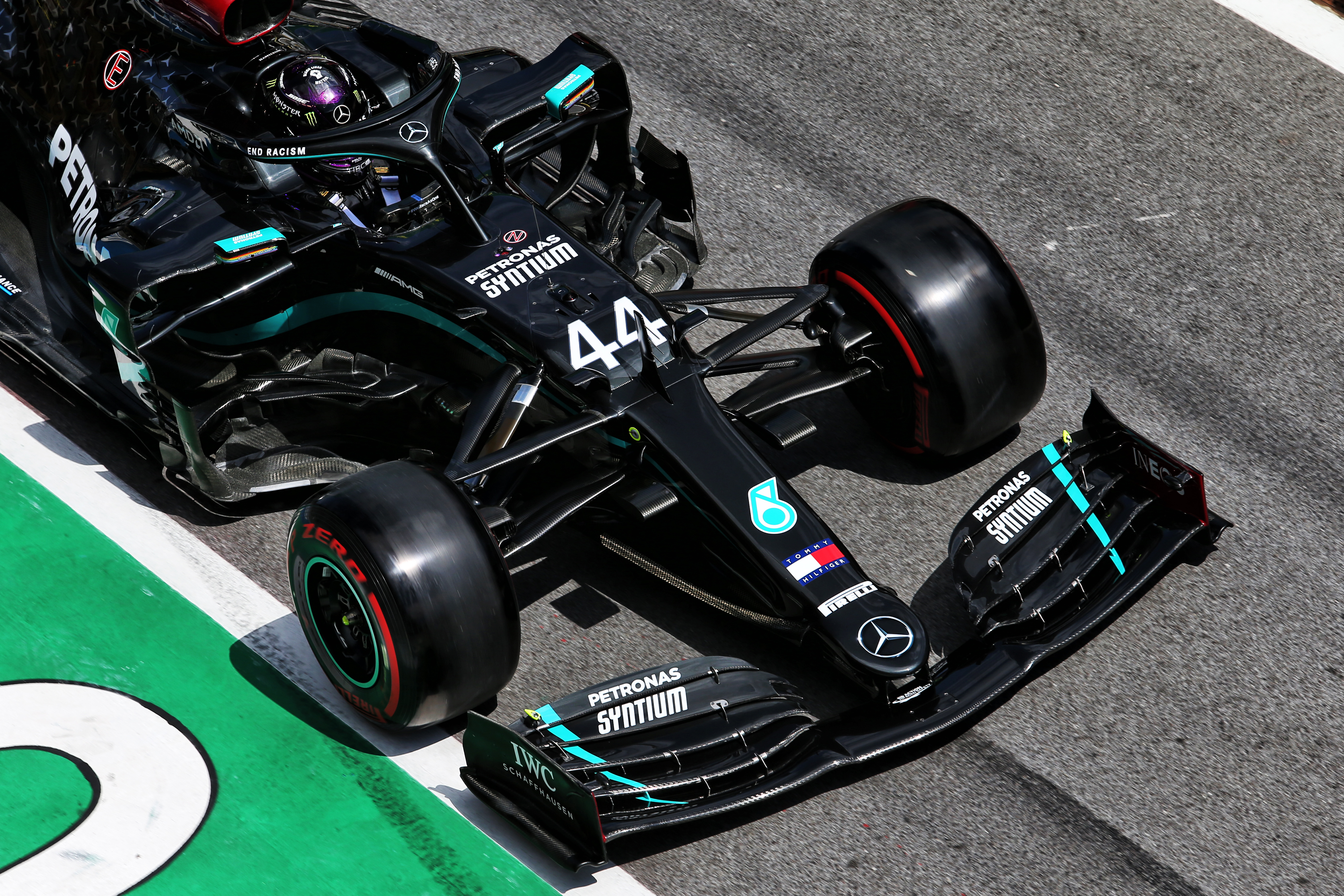Up Next

Mercedes will run new components at the Styrian Grand Prix to try to help the serious electrical problem that struck its gearbox in the Red Bull Ring Formula 1 opener.
F1 is sticking with the Austrian circuit for a second successive weekend because of the schedule changes enforced by the coronavirus crisis which means Mercedes faces the same track that created a complex issue in the opening round of the 2020 season.
Race winner Valtteri Bottas and team-mate Lewis Hamilton were told to help manage a “critical” issue with the gearbox during the Austrian Grand Prix, as a sensor problem created a build-up of “electrical noise” that risked a race-ending systems issue.
Mercedes revealed after the race that it appeared to be a “feature of the model” and therefore risks repeating with the car in its current form.
Team boss Toto Wolff says Mercedes will “run new components this weekend to improve the situation”, though this does not appear to mean a new gearbox design.
“The result of the first race looks good on paper, but the reality is that we were fortunate to finish the race,” said Wolff.
“Reliability caused us real concern and it is something we are working on as our highest priority.
“In a shorter season with a yet to be determined number of races, every point counts, so we need to improve quickly on that front.
“Our main problems were with the electrical components of the gearbox, caused by the aggressive kerbs in Spielberg.
“We first noticed the issue on Friday and immediately started working on mitigations for the next races, both at the factory and at the track.”

What role did the Red Bull Ring play?
Despite its short layout, the Austrian circuit is a notoriously aggressive circuit, particularly with the serrated kerbs around the track edge.
Mercedes’ problem first manifested itself in Friday practice and it was braced for a repeat during the grand prix.
“The reality behind it is that the Austrian circuit is very, very aggressive, especially with the kerbs,” explains chief strategist James Vowles.
“It puts a lot of load into the suspension members and into the car.
“You have to use the kerbs in order to get the lap time out of it, but those kerbs are also generating a lot of vibrations in the car and a lot of load in the car.”
That resulted in the drivers being asked to avoid the kerbs as much as possible during the race, while this situation was developing.
However, with kerb use dictating a couple of tenths lap time, that is not a solution that can be sustained over an entire grand prix to remain competitive.

How Mercedes tackled a ‘complex’ issue
Wolff said after the grand prix that Mercedes has “ideas” of how to try to introduce a countermeasure for the second part of the Red Bull Ring double-header, to at least reduce the impact of the problem.
Though there are only four days off between the race and on-track running recommencing with Friday practice, Mercedes has been working on the issue for a full week.
Whatever its intended solution is, it will aim to ease the suffering of the electrical elements of the gearbox – otherwise, it risks a double-DNF.
While Bottas and Hamilton made it to the finish, Lance Stroll’s Mercedes-powered Racing Point did not.
Were the issue not so “complex”, said Vowles after the race, Mercedes could have attempted a solution last week, and “clearly we didn’t”.
“The issue itself in the gearbox is electrical by nature and the reality behind it is we now have a few days to get on top of this issue,” he said.
“We have a number of people back at the factory working day and night for this.
“In fact, they were working in parallel to the grand prix, whilst the grand prix was taking place, they were already doing their utmost to try and understand what the problems were to get ahead of the issue before we get into this week.
“We know that if we don’t get on top of these issues it will be a problem again in just a few days’ time.
“And the reality behind it is that it is a problem that could have cost one or both cars the opportunity to finish the race on Sunday.”





